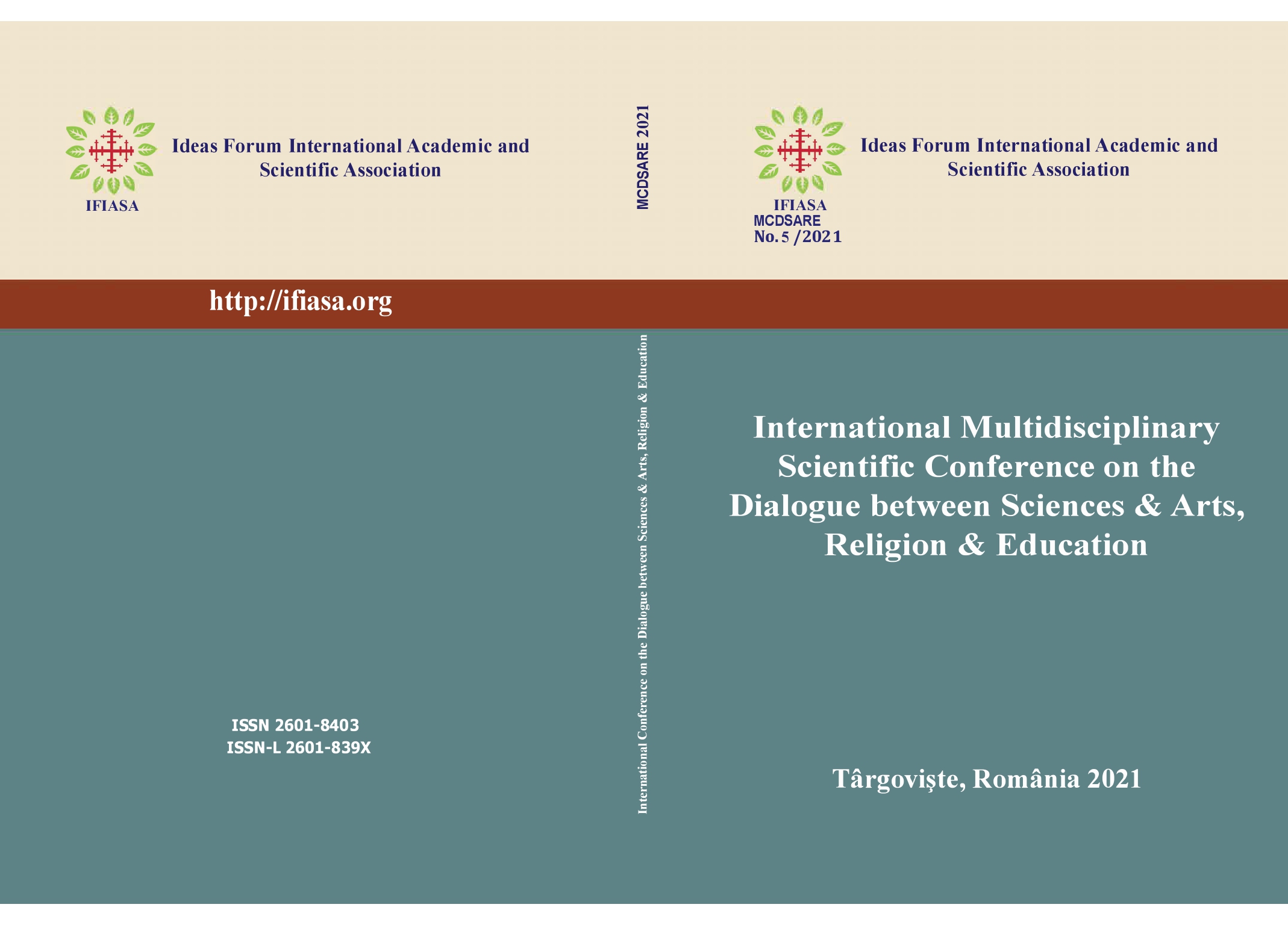THE BYZANTINE ICON, A CULMINATION OF ART – THEOLOGY, SYMBOL AND REALITY
THE BYZANTINE ICON, A CULMINATION OF ART – THEOLOGY, SYMBOL AND REALITY
Author(s): Nicuşor TucăSubject(s): Christian Theology and Religion, Theology and Religion
Published by: Ideas Forum International Academic and Scientific Association
Keywords: icon; symbol; cult; art; reality;
Summary/Abstract: The Byzantine icon has a complex language because it comprises true iconic hierophanies or sacred images, with a profound theological symbolism, hard to express. The image and the symbol are two indissoluble realities by which the human spirit is helped to feel and know the mystery of the real presence of God. By means of the symbol, the icon and the liturgical realism, in general, do not contain only the epiphanic anamnesis or the representation of the evangelical and ecclesial events in symbolical portrayals or aesthetic figures, but their very accomplishment, continual topicalization. The Byzantine art is not a discipline annex of Theology, it is rather its practical, and effectively lived, application, the rightly-glorifying faith being the norm of the rightly-glorifying high glorification. Theology is not just word, verbal expression, but also icon, symbolical representation. The Eastern Church had the genius and method of creating the analogy of the celestial and earthly Church in symbols and images; the Christian faith has led to the exceptional cultural creation represented in monuments of architecture and painting. The icon and the symbol are, however, forms of the presence and work of God in and via visible matter.
- Issue Year: 6/2022
- Issue No: 6
- Page Range: 75-81
- Page Count: 7
- Language: English

